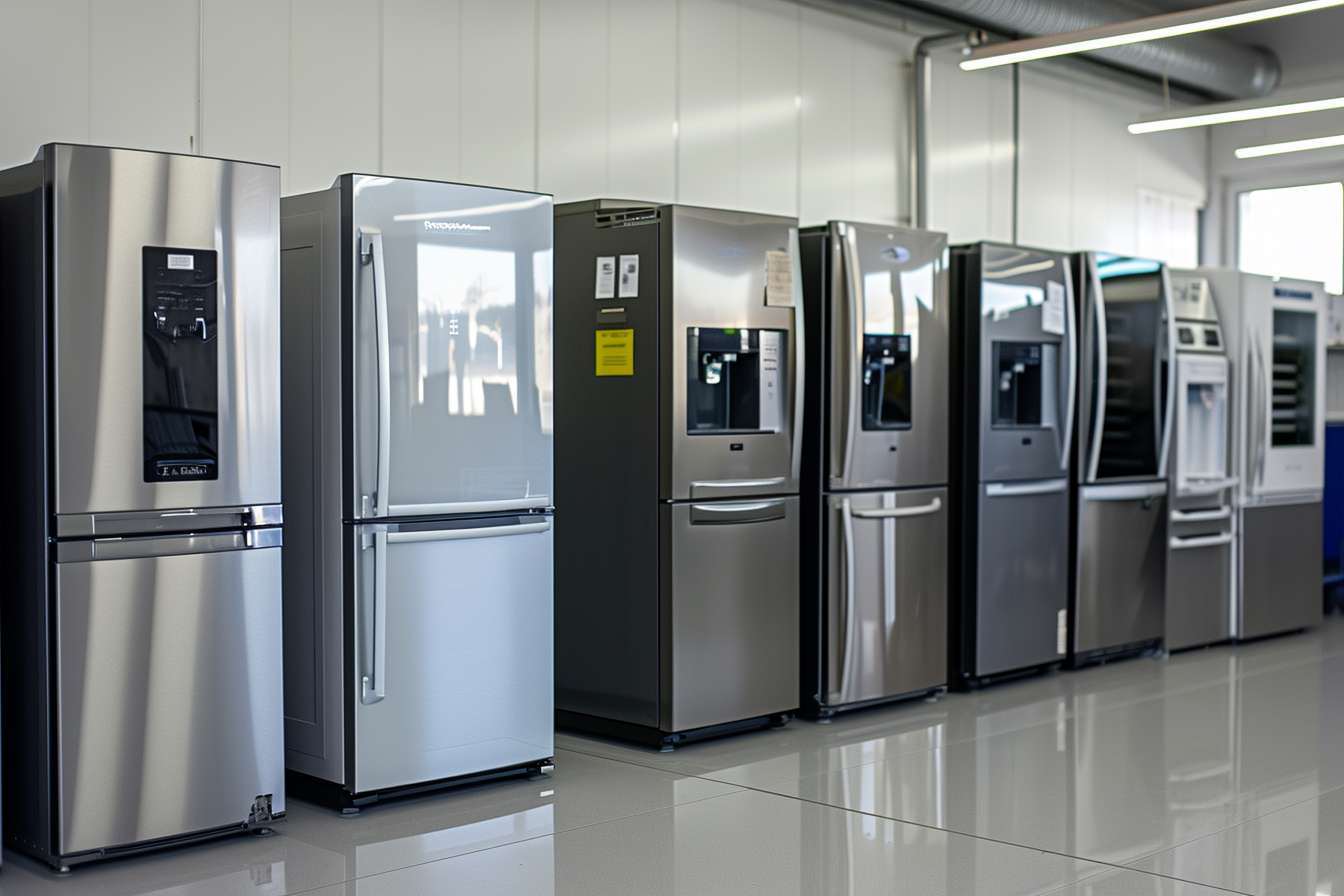Refrigerator Basics for Kitchen and Home Use
A refrigerator is a household appliance designed to slow bacterial growth and keep food fresh by maintaining low temperatures. Understanding how refrigerators work, what features to prioritise for a kitchen, and how to care for the unit in your home helps you choose and maintain a device that suits daily needs, energy goals, and available space.

What is a refrigerator and how does it work?
A refrigerator uses a refrigeration cycle—compressor, condenser, expansion valve and evaporator—to transfer heat out of an insulated cabinet. That controlled cooling keeps perishable food safe longer than at room temperature. Modern units combine mechanical cooling with temperature sensors and electronics to stabilise internal conditions. For a typical household refrigerator, compartments are designed for different storage needs: refrigerated shelves, salad crisper drawers with humidity control, and a freezer section. Understanding these components makes it easier to match a model to household habits and storage volume.
How to choose a refrigerator for your kitchen?
When selecting a refrigerator for a kitchen, start with dimensions and layout: measure width, height and depth and leave clearance for doors and ventilation. Consider door configuration—top freezer, bottom freezer, French door or single door—based on access patterns and kitchen ergonomics. Match interior capacity to family size: smaller households often need less cubic volume than families that cook regularly. Also think about shelf adjustability, spill-resistant glass shelves and dedicated compartments for deli, meat and produce. A model that fits your kitchen workflow reduces food waste and keeps meal prep efficient.
What appliance features affect everyday use?
Appliance features such as fast-cooling modes, frost-free operation, noise levels and layout flexibility influence daily convenience. Some refrigerators include water or ice dispensers, adjustable humidity drawers and antibacterial liners. Consider whether you need smart features—temperature alerts, app connectivity and remote diagnostics—which rely on embedded electronics and network access. Keep in mind that extra features can increase complexity and potential repair points, so balance convenience against reliability and lifecycle expectations.
What electronics and energy considerations matter?
Electronics in modern refrigerators enable precise temperature control and diagnostics but also draw standby power. Look for an energy label or rating appropriate for your region; higher-efficiency models typically reduce electricity consumption over the appliance’s life. Check the annual energy use figure and compare it across similar-sized units. Compressor type (inverter compressors tend to be more efficient and quieter) and improved insulation also affect performance. For UK households, consider models rated for the UK climate and typical kitchen ventilation to ensure efficiency and longevity.
How to install and maintain a refrigerator in your home?
Proper installation and regular maintenance extend the life and performance of any refrigerator. Ensure the unit stands level and has clearance for air circulation around the condenser. If the fridge has a rear-mounted condenser coil, keep it clean and dust-free—vacuum coils every six months or as recommended. Defrost manual-freeze units when ice buildup exceeds about 6 mm. Clean door seals (gaskets) to maintain airtight closure and inspect drainage channels to prevent blockages. Maintaining correct set temperatures—typically 3–5°C for the refrigerator and −18°C for the freezer—helps food safety and efficiency.
Where to find local services, repairs and spare parts?
When considering post-purchase support, identify local services that handle appliance repairs, spare parts and warranty work. Look for authorised service centres for the appliance brand, as they often stock genuine parts and follow manufacturer repair protocols, and also independent repair shops that service multiple brands. Evaluate response times, availability of engineers in your area and whether diagnostic visits carry a fee. For older units, check parts availability and compatibility before committing to repairs. Keep documentation such as model and serial numbers handy to speed up service enquiries.
Conclusion
A refrigerator is a central appliance in the kitchen and home, blending mechanical cooling and electronics to preserve food and support household routines. Choosing the right unit involves balancing size, layout, features and energy performance, while responsible installation and maintenance keep the appliance reliable. Knowing how to access local services and what to inspect during regular upkeep helps households make informed decisions that fit their cooking habits and living spaces.






